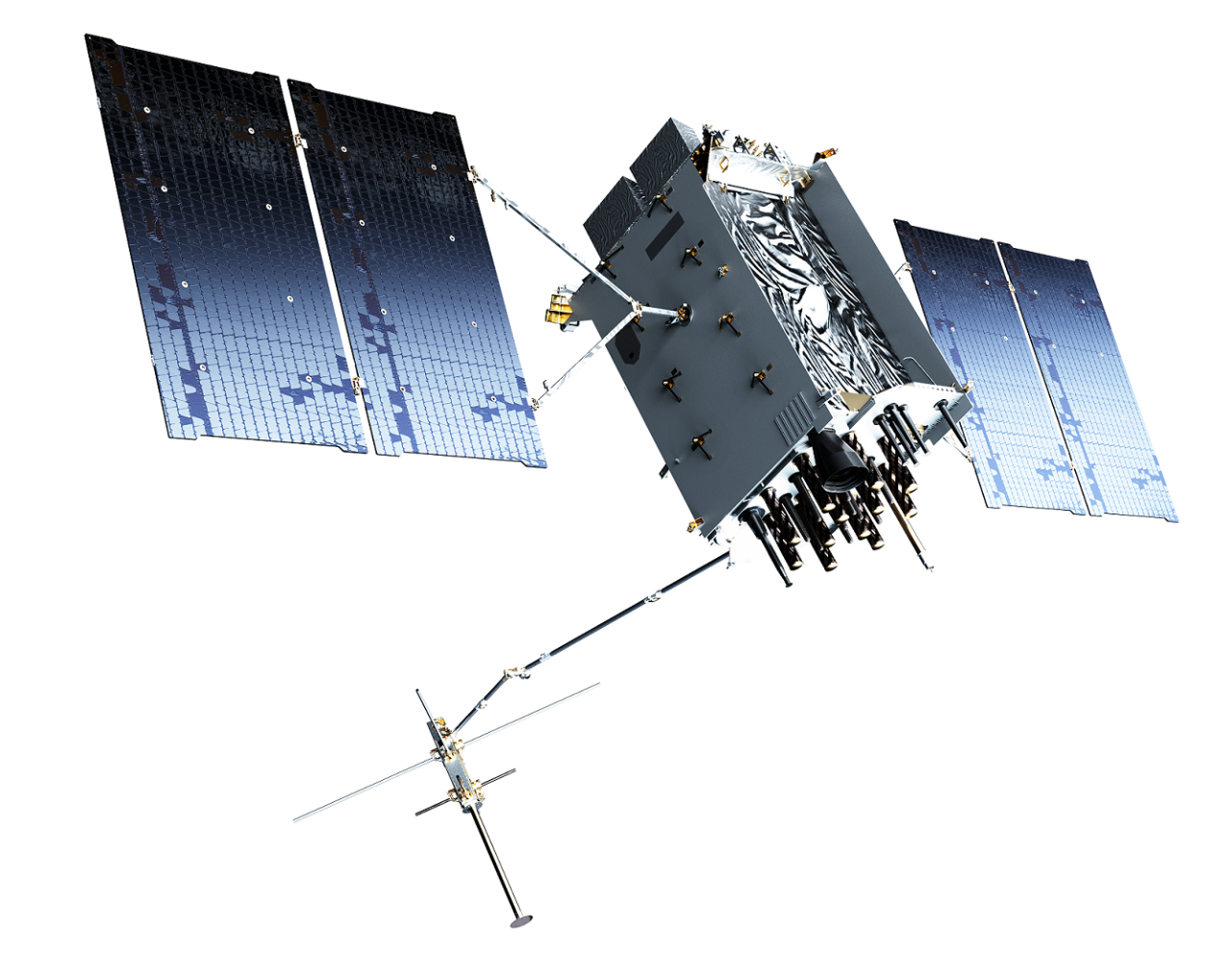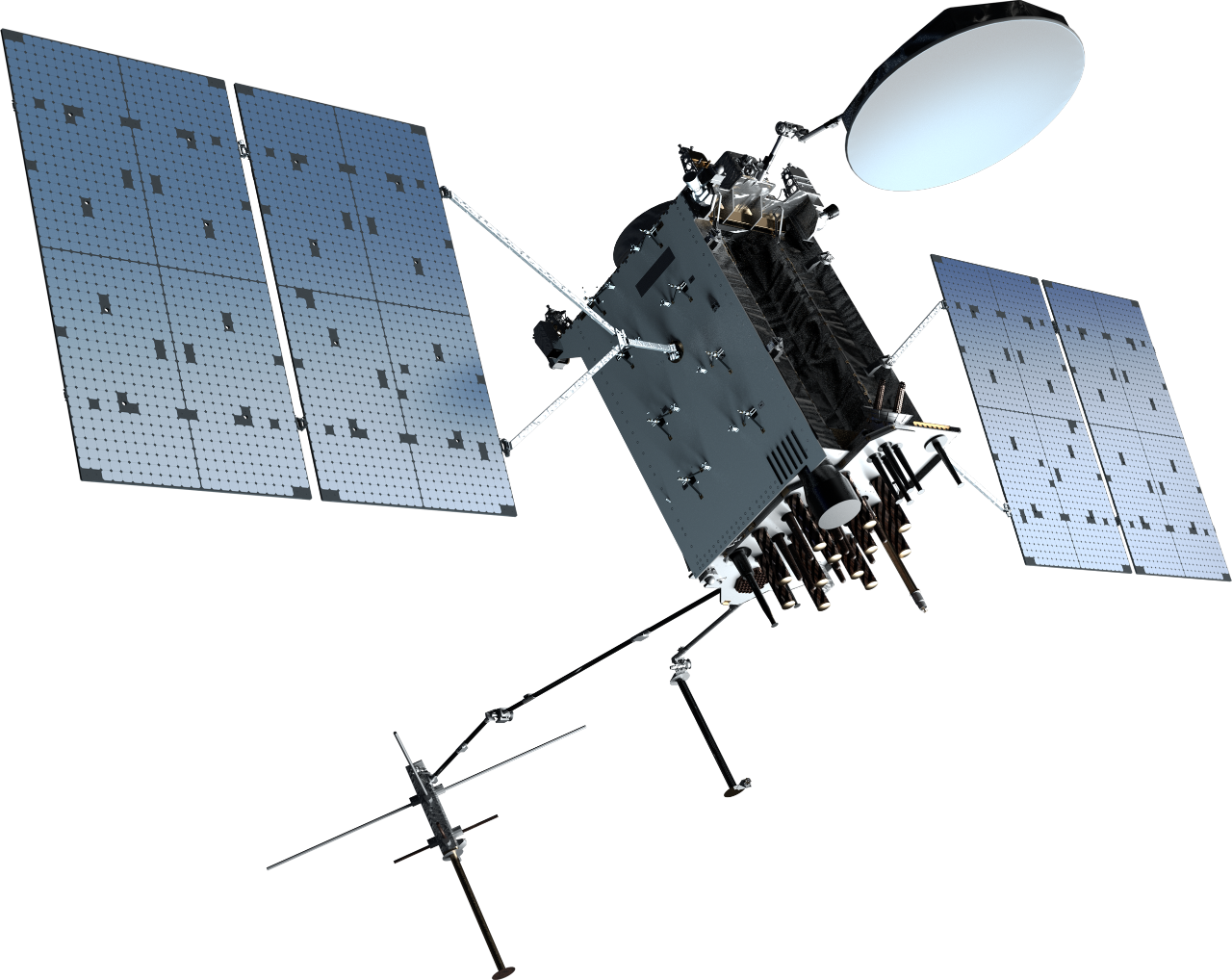Keeping our modern world running smoothly.
About 12,000 miles above our heads, a network of Global Positioning System (GPS) satellites silently keeps our world running smoothly. More than 4 billion people around the world depend on GPS signals every day.
These satellites are the primary navigation providers for all major U.S. military assets. They also offer critical location services to operational troops and help facilitate accurate delivery of supplies to the field.
Our global financial markets, transportation systems, utilities, the ride-share industry, and our agriculture and construction industries also all depend on the positioning, navigation and timing signals from GPS satellites.

GPS III SV09
GPS by the Numbers

Past

Present

Future
GPS III SV09, the ninth GPS III space vehicle, designed and built by Lockheed Martin shipped from Colorado to Florida

Benefits of Modernizing GPS
GPS III

- 3X better accuracy
- Up to 8X improved anti-jamming capabilities
- A new L1C civil signal compatible to other global navigation satellite systems, improving civilian connectivity
- Modular design that allows for future technology and capability upgrades
GPS IIIF

- 60X greater anti-jamming to ensure U.S. and allied forces cannot be denied access to GPS in hostile environments
- Accuracy-enhancing laser retroreflector array
- New search and rescue payload
- Fully digital navigation payload
- New LM2100 Combat Bus™ for SV13, providing increased cyber-hardening, improved spacecraft power, propulsion and electronics. Capable of hosting on-orbit upgrade ASPIN software
Advanced Ground Software
To support the launch and operation of current and upcoming GPS III and GPS IIIF satellites, Lockheed Martin has been leading upgrades of the complex ground network that underpins the satellite constellation. These upgrades have taken place under the GPS Control Segment (GCS) II contract.
Notably, this ground control system has sustained a special capability called M-Code, which is a critical warfighter capability that supports GPS in contested environments.











